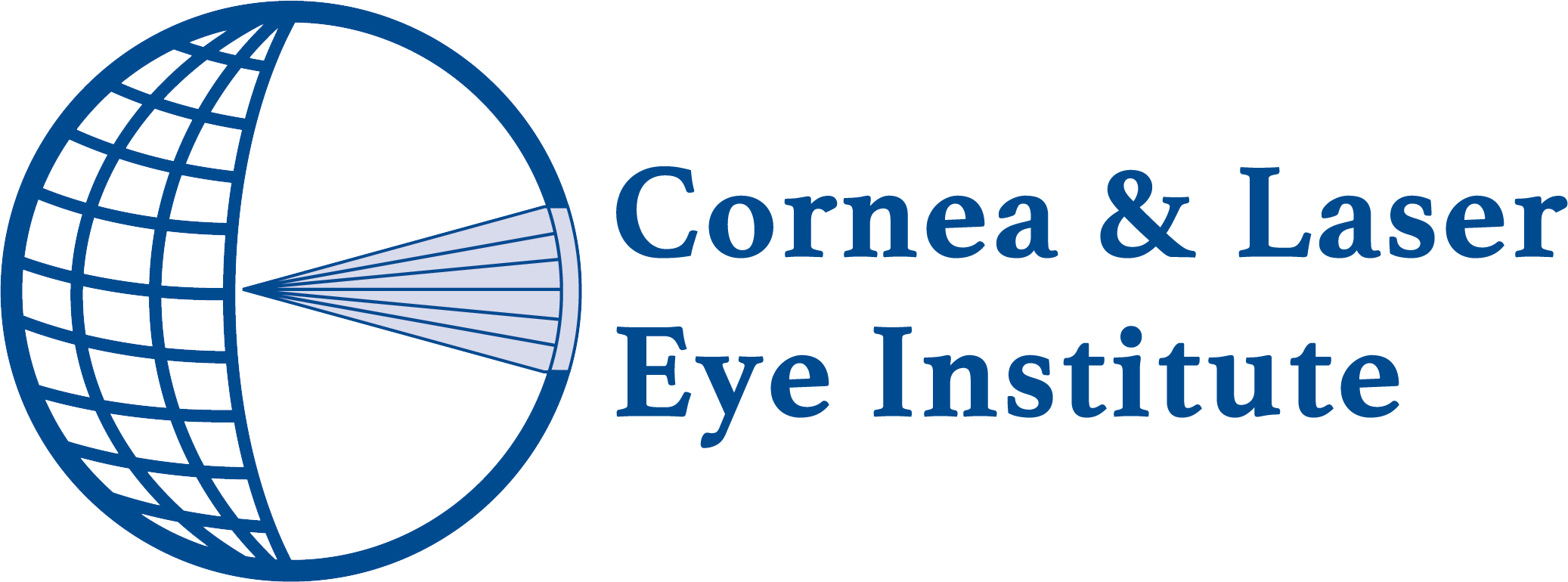
Prism contact lenses are specialized contact lenses prescribed to individuals experiencing double vision (diplopia). These contact lenses correct double vision and refractive error to create clear, singular vision. They are a little known alternative to prism glasses. This article explains the purpose and function of prism contact lenses, how they work, conditions that may require them, the benefits they offer for double vision, and how they compare to prism glasses.
Understanding Prism Contact Lenses
To understand prism contact lenses it’s important to understand what a prism is and how it works. A prism is a transparent optical element with a flat wedge shape. When light passes through a prism, it bends towards the base (the thicker end) of the prism and moves the image toward the apex (the thin end). Unlike lenses for correcting nearsightedness or farsightedness which are made to focus light by using curved (concave or convex) lenses, a prism does not change the focus of light, it simply shifts its position.
Double vision, or diplopia, occurs when the eyes are misaligned, causing the brain to receive two separate images. This misalignment can result from various causes. Prisms help correct this by bending the incoming light and shifting the images to align with the position of the eye, reducing the need for the eye to move position. Essentially, prisms change the apparent position of objects, allowing the brain to fuse the images into a single, clear image. Prisms can be incorporated into glasses or contact lenses, with the strength and orientation customized to each individual’s specific eye misalignment, determined through a comprehensive eye examination.
How Do Prism Contact Lenses Work?
Traditional contact lenses only exist to correct refractive error. Prism contact lenses serve two purposes: to correct refractive error and resolve double vision. They do this by incorporating two optical elements, a curved element that corrects for focus and a prism element that bends the light in a specific direction. Prism contact lenses can be soft or scleral based. Soft prism contact lenses can only correct small amounts of vertical diplopia (one image above the other), while prism scleral lenses can correct up to 10 prism diopters in any direction.
Conditions That May Require Prism Contact Lenses
Prism contact lenses are primarily prescribed for individuals who experience double vision or diplopia. Double vision occurs when the eyes are misaligned and send conflicting images to the brain. This misalignment can be caused by various conditions. These can be congenital (a condition you are born with), or acquired (a condition that occurs later in life as a result of an event). Here are a few conditions that cause it:
Strabismus
With this condition, the eyes are not properly aligned and do not work together to focus on objects. This can occur due to weak eye muscles or neurological issues.
Traumatic Brain Injury
Head injuries can sometimes damage the nerves and muscles that control eye movement, leading to misalignment and double vision.
Nerve Palsy
Certain conditions, such as cranial nerve palsy, can affect the nerves that control eye movement, causing misalignment and double vision.
Post-Surgical Complications
Some individuals may experience double vision as a result of eye surgeries, such as cataract surgery or retinal detachment repair.
If you are experiencing double vision or have been diagnosed with any of these conditions, our doctors may recommend prism contact lenses as a treatment option to help alleviate your symptoms.
Benefits Prism Contact Lenses vs. Prism Glasses for Double Vision
Prism contact lenses offer several benefits for individuals with double vision:
Symptom Relief
Aligning the images seen by each eye helps eliminate double vision and create a single, clear image alleviating conflicting information sent to the brain can reduce headaches, eye strain, and difficulty focusing.
Performance
Unlike prism glasses, prism contact lenses are worn directly on the eye, they provide a natural and unobstructed field of view, making them ideal for sports or other physical activity.
Aesthetic Appeal
Prism contact lenses are virtually invisible, offering a more discreet vision correction option compared to prism glasses.
Prism contact lenses are best for those with prism needs of 10 prism diopters or less. For those needing more, generally glasses or patching is needed. It is essential to consult with an eye care professional to determine which option is best suited for your specific needs and lifestyle.
Conclusion: Are Prism Contact Lenses Right for You?
Prism contact lenses are a valuable option for individuals suffering from double vision or diplopia. By aligning the images seen by each eye, these lenses can significantly improve visual clarity and alleviate symptoms associated with misalignment. They offer multiple advantages compared to prism glasses. However, the suitability of prism contact lenses depends on various factors, including the specific condition, severity, lifestyle, and preferences of the individual. It is not well known by most doctors that prism contact lenses exist. We specialize in this option and have extensive experience with it.
If you are experiencing double vision or have been diagnosed with a condition that may require prism correction, schedule an appointment to find out if prism contact lenses are right for you. The doctors at CLEI will assess your unique situation and provide personalized recommendations to help you achieve clear and comfortable vision, improve confidence, and enhance your quality of life.





